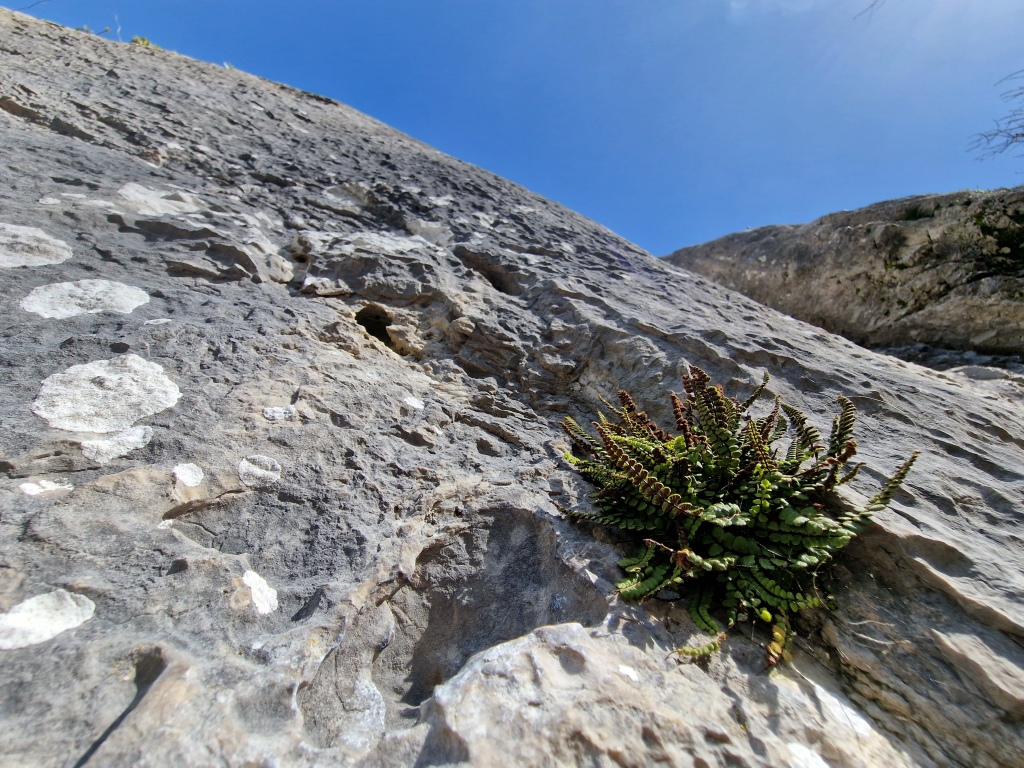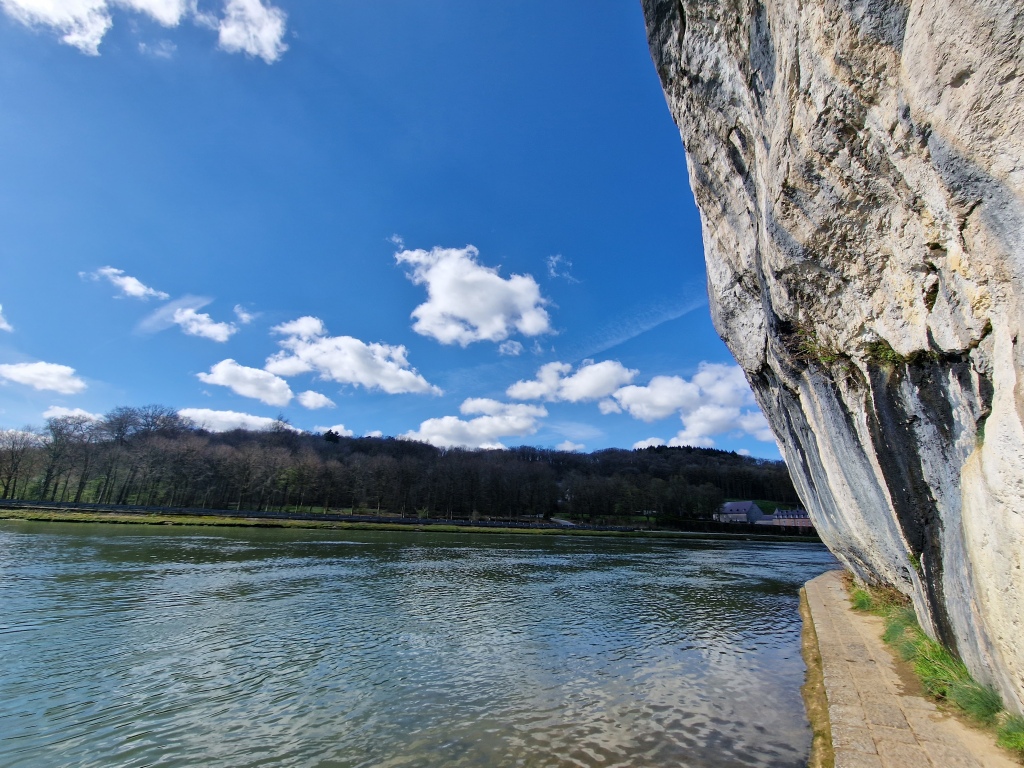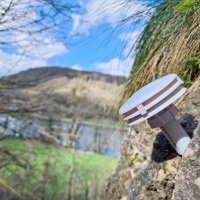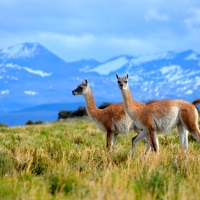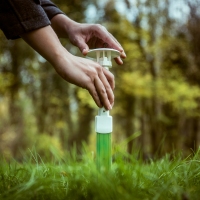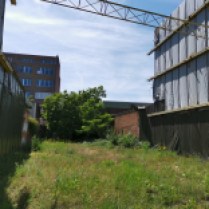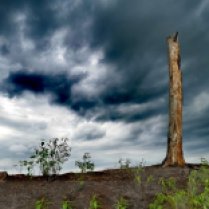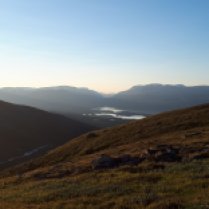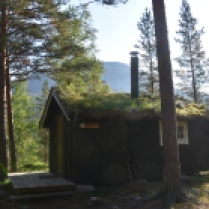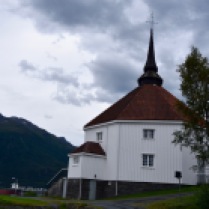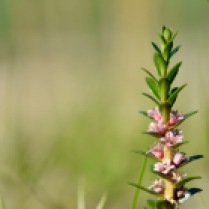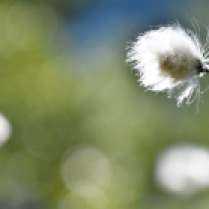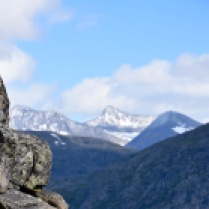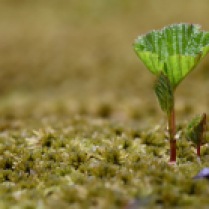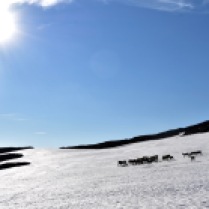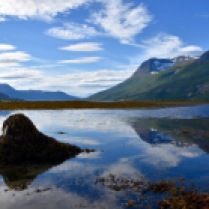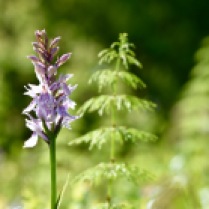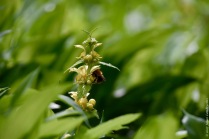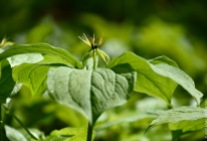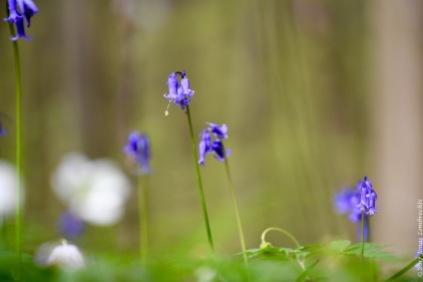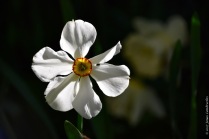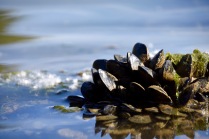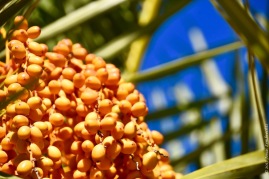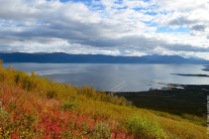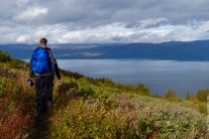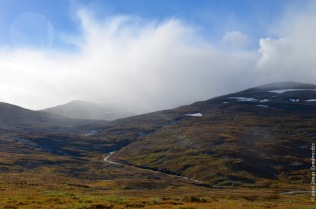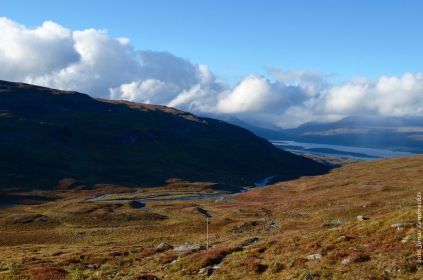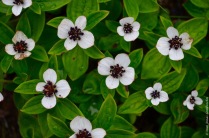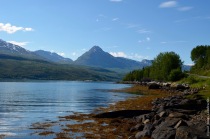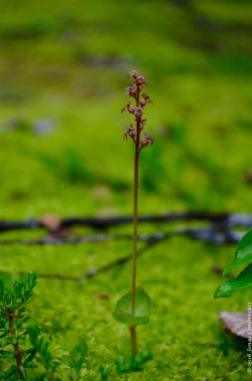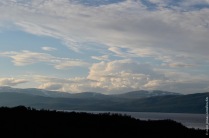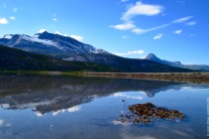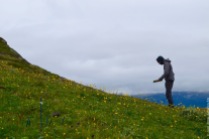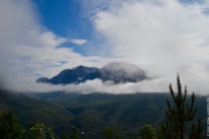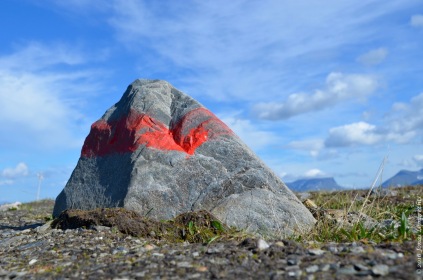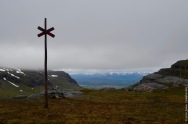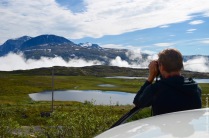On a sunny day in early spring, our team took the car to one of the most monumental locations in Belgium: the cliffs of Freÿr. These beautiful slabs of ‘naked’ limestone of up to 120 meter, overlooking the river Meuse, provide one of the most – if not the absolute most – favourite rock climbing locations in the whole of Belgium.

With easily a 1000 climbing routes, ranging from the easiest to the hardest, the rock is legendary in Belgium rock climbing milieus. It is there that we headed to for the final scouting for a new – and extremely exciting – global survey: ‘MIREN Rocks’ (more on that – and how to join – here!).
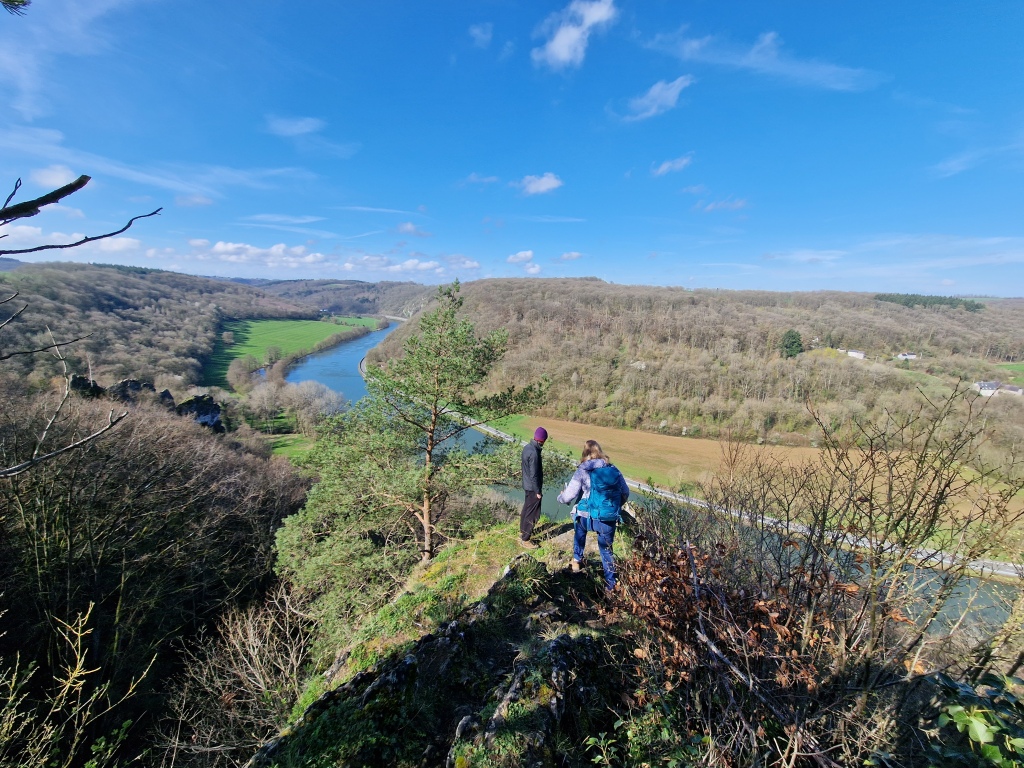
Indeed, as we speak, we finalized the protocol for MIRENs’ global rock survey, using our experience from the cliffs of Freÿr as an example. We checked for routes to sample, estimated variability in orientation, difficulty and botanical diversity and, most importantly, tested out ways to install microclimate sensors on a cliff face.
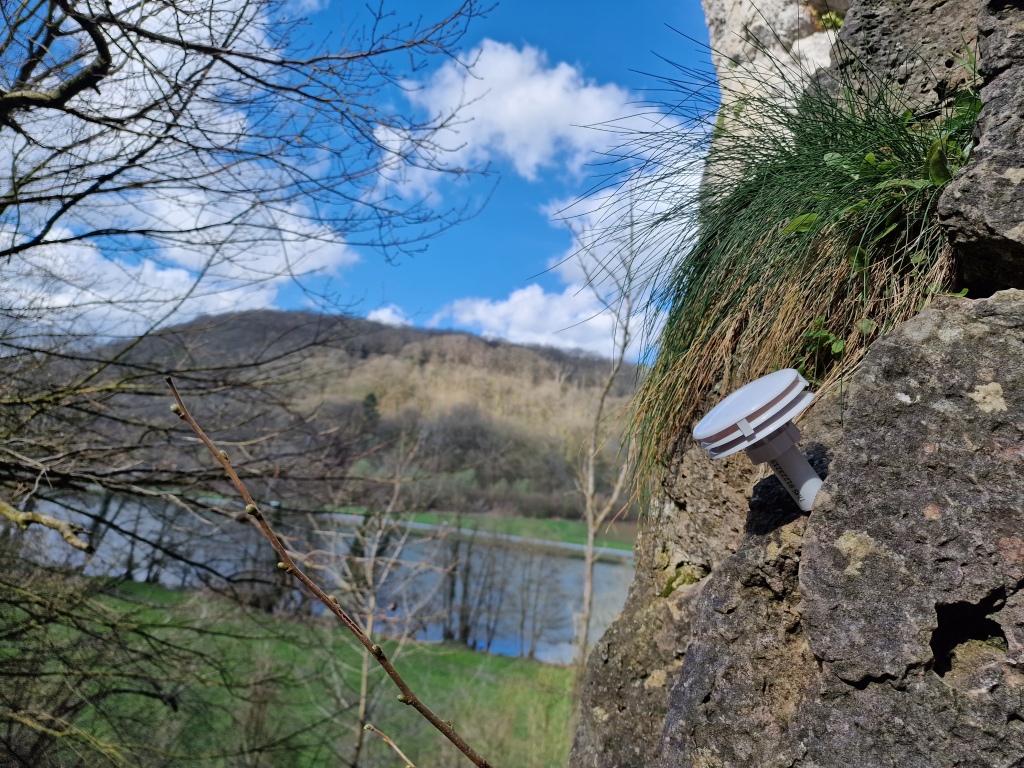
It’s the latter that perhaps makes me most excited: we can now plug in one of our trusted TOMST loggers – the simpler thermologger one – in a gap in the cliff face, and as such start measuring the true temperatures our cliff plants are experiencing. The ultimate cross-over between my two favourite networks, MIREN and SoilTemp.
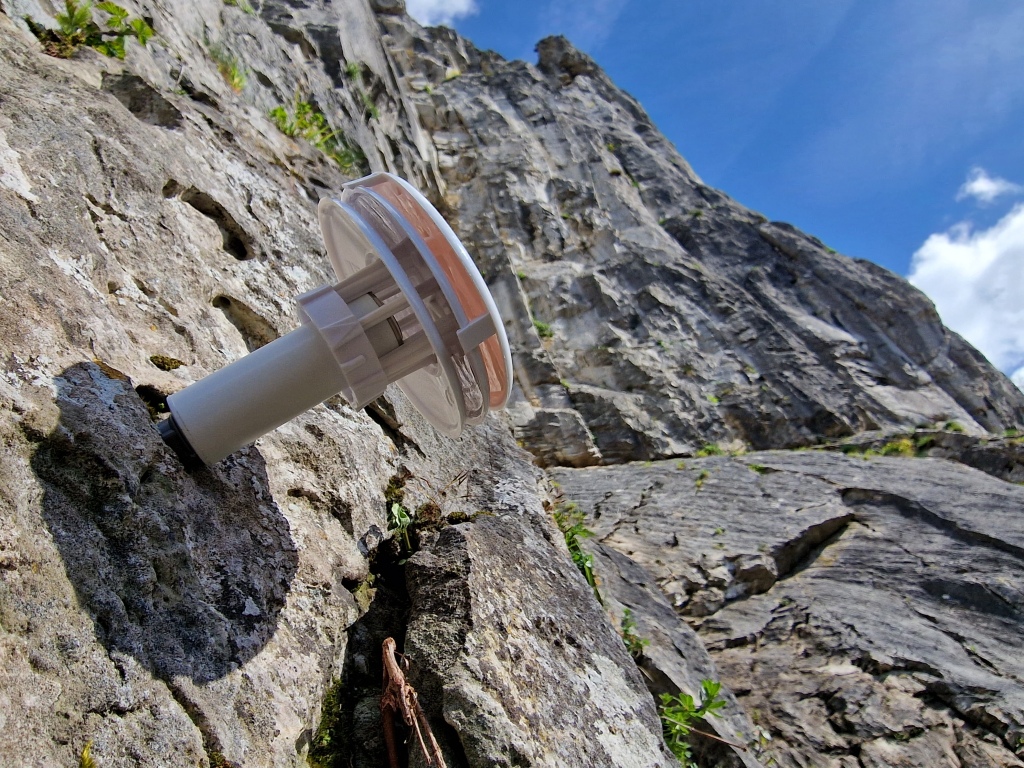

Now, that protocol is ready for action, also thanks to the extensive contributions by experts from across the globe. As such, the protocol has grown into a true community effort, and we hope it will be a resource for many climbers and ecologists to help us track rock cliff vegetation and the implications of rock climbing on it.
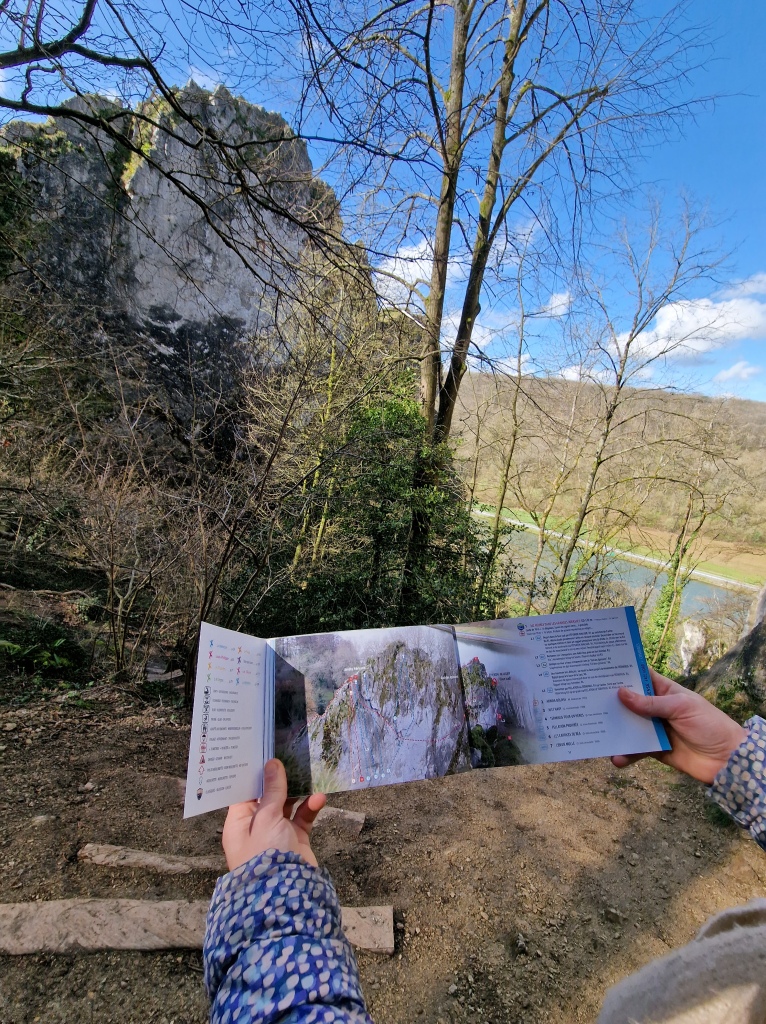
So, take this as a wake-up call: are you an ecologists, botanist or the like, and do you like to climb rocks? Then please join MIREN Rocks! All information can be found here.


